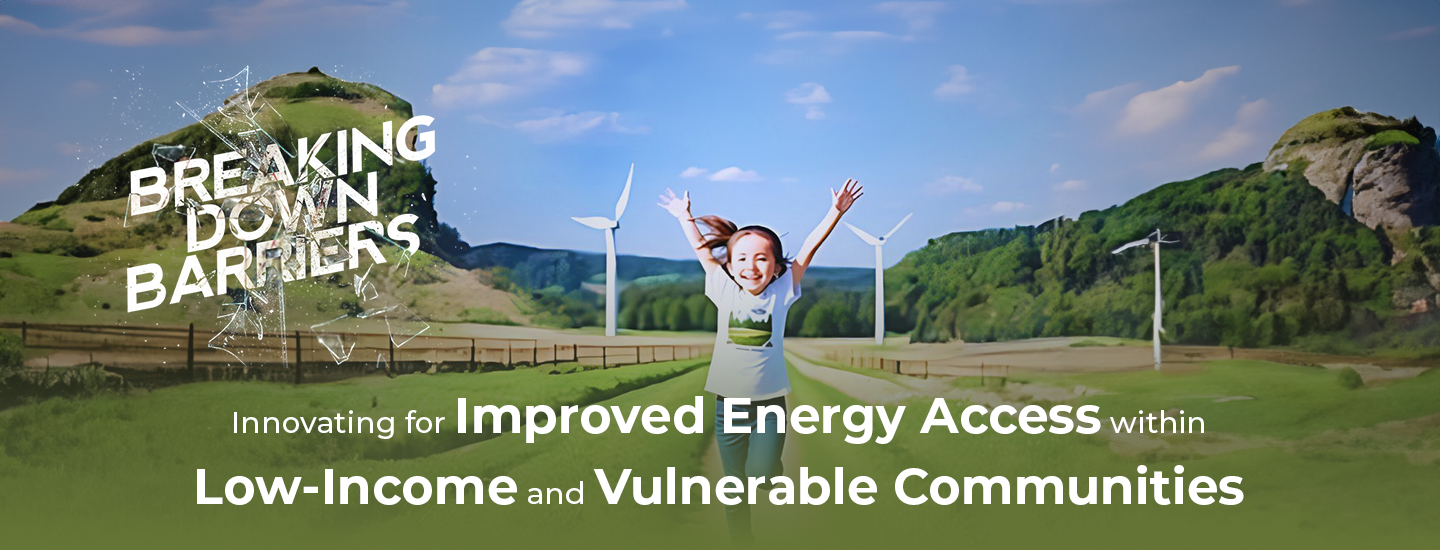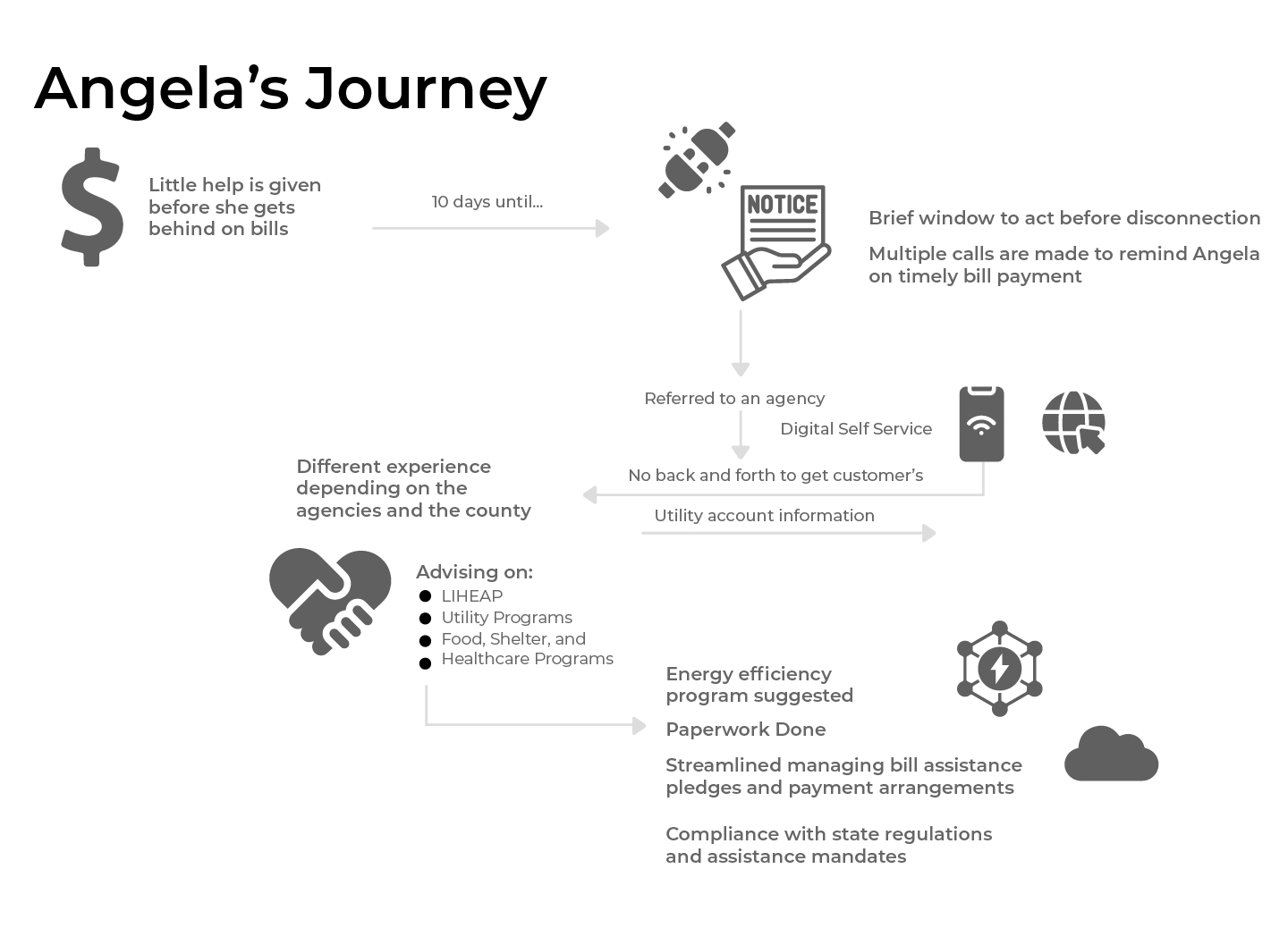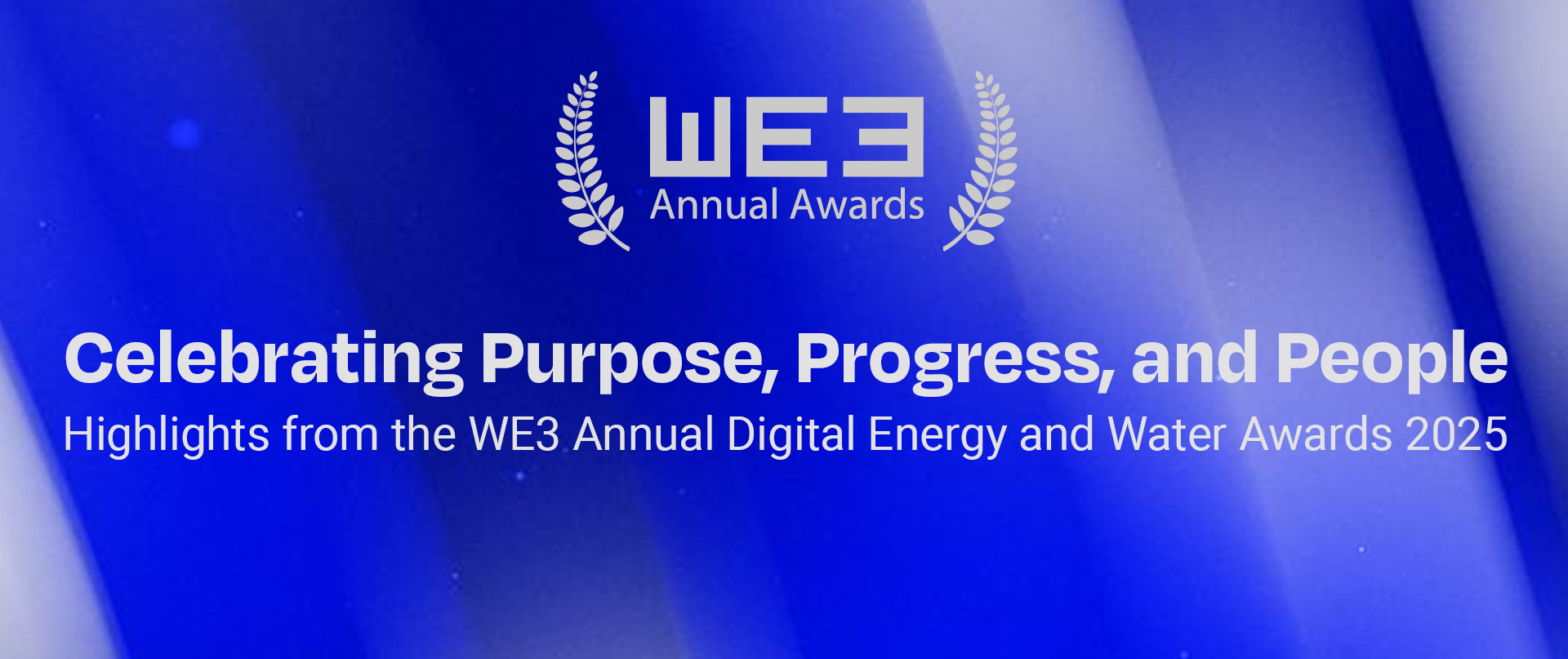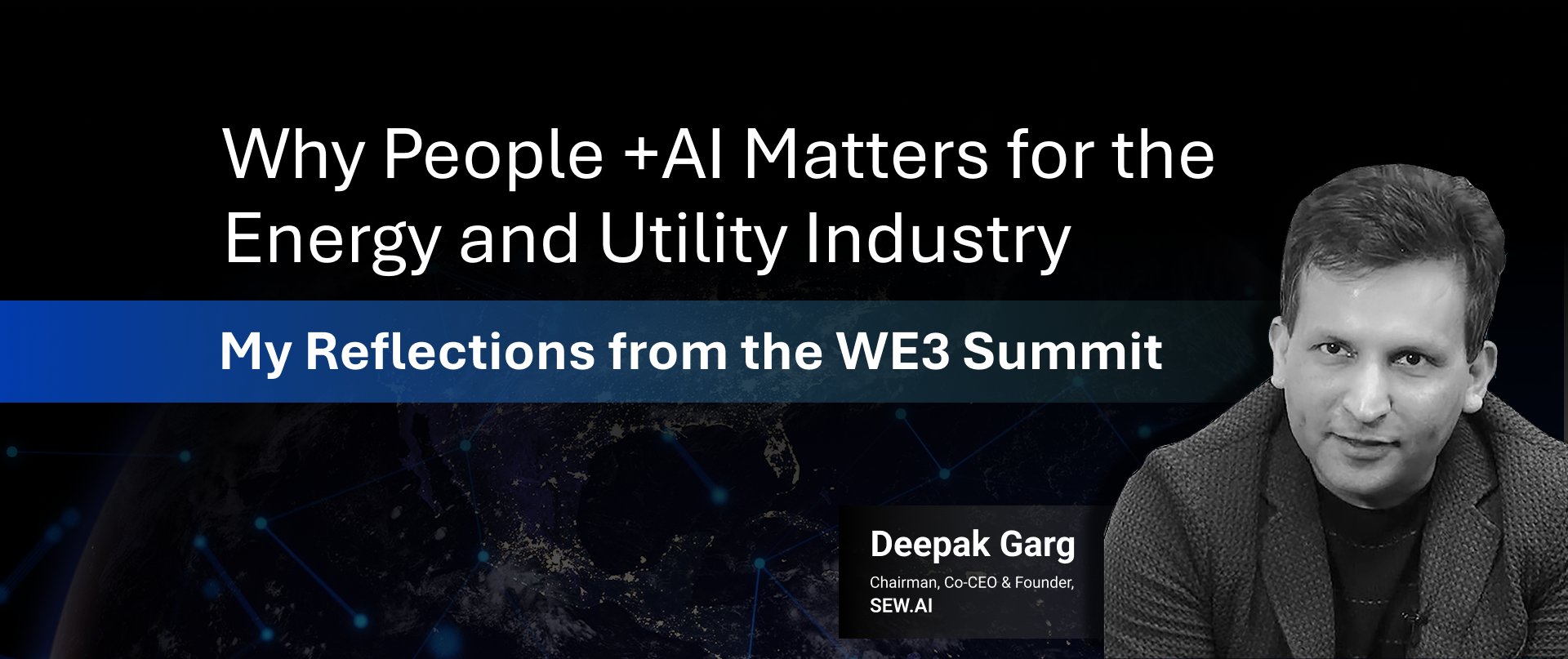Master Blog
Breaking Barriers:
Innovating for Improved Energy Access within Low-Income and Vulnerable Communities

Many people underestimate the burden utility costs place on low-income households and vulnerable communities. As energy costs rise, families face the tough choice between heating their homes and affording other essential needs. It’s not just about monthly expenses; it’s about the relentless pressure these costs exert on already stretched budgets.
In a recent analysis, the American Council for an Energy-Efficient Economy (ACEEE) found that low-income households, pay a larger share of their income on energy bills compared to the average household, some as much as 6% of their income while others pay more than 10%. This percentage is often referred to as a household’s “energy burden.”

The statistics are staggering:
- Energy Burden: Over 60% of low-income households in the U.S. face a high energy burden, with some paying more than 20% of their income on utility bills.
- Energy Insecurity: 27% of all households report some sort of energy insecurity, leading them to forego other necessities to pay an energy bill or to maintain their home at an unsafe temperature.
- Energy Debt: Over half of income-qualified customers report trouble paying their electric bill and almost one-third of customers have been disconnected at least once in the past 12 months or are in debt to their utility.
- Energy Assistance: Millions of eligible households are not receiving any assistance and most states have less than 20% participation in “LIHEAP.”
- Energy Efficiency: Demand-side management (DSM) programs for income-qualified customers are reaching just a small fraction (5%) of households that need assistance.
While utilities recognize the pressing challenges faced by low-income families and are launching Energy Assistance programs like LIHEAP and weatherization initiatives, they often overlook the intricate nuances of these initiatives. Energy assistance programs are vital in helping these households manage utility bills and enhance energy efficiency yet accessing them remains daunting due to complex application processes, lack of awareness among eligible households, communication barriers, and the inefficiencies of older homes.

In a recent analysis, a utility assessed the effectiveness of its energy assistance program aimed at low and moderate-income (LMI) customers. Despite the utility's efforts to cater to its LMI customer base and the launch of the energy assistance program, the results expressed surprising sentiments:

Here's another traditional approach ready for transformation and improvement: -
Angela, a 50-year-old women who lives in Los Angeles in multifamily housing. She makes under $50,000 / year, suffers from anemia, making heating a top concern.
She’s behind on both electric and gas bills, but she’s prioritizing paying the gas bill due to health concerns. She also struggles with the high costs of rent and lack of efficiency in her home. She applied for assistance the previous year, but she was told she made too much money to qualify. She’s previously experienced homelessness, so paying her housing costs is a priority.

To address the complexities of energy assistance for low-income households, digital customer experience platforms integrated with data science can play a pivotal role by offering innovative and user-centric solutions. The CX platforms leverage AI/ML technology to streamline access to critical services and support, thereby enhancing the overall experience for users.
Let’s decode the 3 key takeaways these platforms can make a significant difference:
Step 1: Simplifying Application Processes
Digital platforms can streamline the application process for energy assistance programs by:
- Providing a centralized platform where users can access multiple programs, fill out forms online, and submit necessary documents.
- Offering pre-filled forms, step-by-step guidance, and document upload options to make the process more intuitive and less daunting.
- Tracking daily energy usage and notifying customers when their bills exceed a certain threshold.
- Promoting cost-control programs like prepay, level pay, and fixed-rate plans.
- Simplifying bills with customer-friendly language, clearly explaining fixed versus controllable costs.
- Creating a "Utility 101" type guide for new customers to educate them on programs, billing, usage, and tools.
- Auto-enrolling qualifying customers in bill assistance programs upon starting service.
Step 2: Enhancing Awareness and Outreach
- Use targeted outreach campaigns, leveraging data analytics to identify potential recipients and send personalized notifications via email, SMS, or app alerts.
- Provide educational resources and tutorials to help users understand the benefits and application procedures of various programs.
- Segment customers by propensity to pay or past payment behavior and customize payment options like autopay and text-to-pay.
- Include clear messaging about assistance options with online payments.
- Incentivize timely payments with rewards like grocery gift cards, credit score boosts, and other programs.
- Send regular payment due reminders through text alerts.
Step 3: Improving Communication and Support
- Offering real-time communication channels such as live chat, chatbots, and virtual assistants to answer questions and provide support.
- Allowing users to track their application status, receive reminders for upcoming deadlines, and get immediate assistance with issues. .
- Providing multilingual support and accessibility features to ensure help is available to all users, regardless of background or abilities.
- Offering tools to personalize assistance options and connect with customers through mobile service centers.
- Creating easy-to-find, simple messaging around options for one-time or first-time help. .
- Proactively reaching out to customers who miss payments and using a dedicated group to help them navigate options.
- Offering different types of help to meet varying needs, such as temporary hardship or chronic need.
- Promoting energy efficiency through resources and tools like energy consumption tracking, personalized tips for reducing usage, and virtual energy audits to identify areas for improvement in the home.

Real Case Study
Now, let’s look at a real-life example where a leading natural gas utility in a major U.S. state, serving over 21.8 million customers, recently implemented the Energy Savings Assistance (ESA) Program with a robust digital customer experience platform to streamline applications, enhance customer engagement, and improve efficiency in delivering energy-saving solutions.
The digital CX platform streamlined the utility’s ESA application process, managed contractor interactions, facilitated customer enrollment, and coordinated installation workflows and invoicing seamlessly. Its user-friendly interface aimed to simplify engagement for vulnerable customer groups, including those with disabilities, seniors, veterans, and tribal customers.
Through a partnership with SEW, the utility deployed a connected digital CX platform, transforming how customers interacted with energy-saving initiatives. Customers accessed personalized saving programs, rebates, and energy-saving tips via a mobile app or web interface. They easily registered for the ESA Program, received a unique enrollment ID, and monitored field crew visits in real-time. This transparency empowered customers to actively reduce energy consumption and effectively manage utility costs.
This customer-centric approach not only promoted the adoption of energy-efficient practices but also reinforced the utility's commitment to sustainability and efficient service delivery.
Ready to Embrace the Power of Energy Efficient Practice?
SEW is committed to helping utilities better service their most vulnerable customers through digital CX platform and better engagement to decrease energy burden and help customers achieve energy affordability. SEW has developed a state-of-the-art Affordability Solution that helps utilities better engage with limited-income customers and create a connected experience.
If you need a better way to connect with your limited-income customers, let’s have a conversation.





